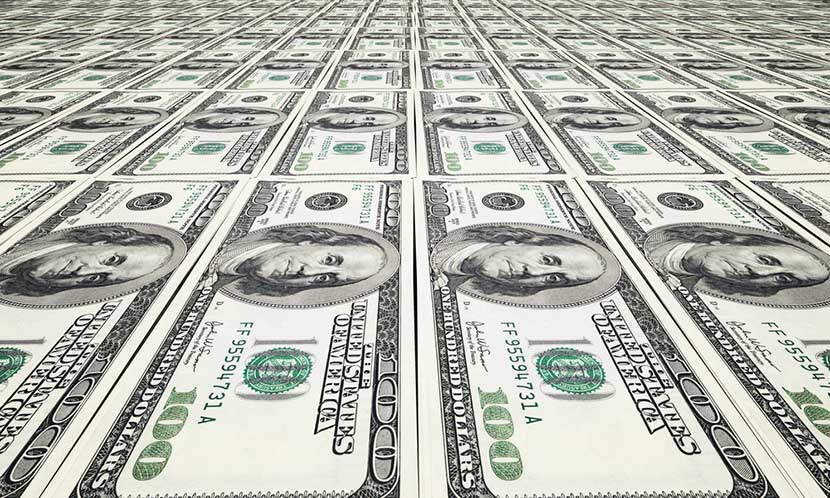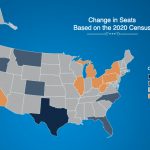Local and county officials across the state appear dumbfounded by the billions of federal dollars headed to Michigan under the Biden administration’s economic rescue plan, offering countless possibilities for spending projects in every corner of the state.
With federal officials providing wide latitude, the money could be used for road improvements or expansion of broadband internet infrastructure or financial assistance for businesses hard hit by the Covid-19 pandemic.
State government will receive $6.5 billion from the American Rescue Plan and counties, cities and townships will enjoy a combined allocation of approximately $4.5 billion.
Michigan’s haul ranks seventh among the 50 state governments and Detroit, with $826.6 million on the way from Washington, puts the Motor City at fifth among “metropolitan” cities, according to the U.S. Department of Treasury.
Matthew Coppler, city manager of St. Clair Shores, a city of 59,000 residents that’s slated for $22 million in stimulus funds, told Crain’s Detroit Business recently: “I’ve been a (municipal) manager for 29 years and I’ve never seen anything like this.”
‘Once-in-a-generation opportunity’
While some officials seem stunned by the amount of stimulus money, others including Gov. Gretchen Whitmer, call the windfall a “once-in-a-generation opportunity.”
After the Treasury Department finalized the numbers on Monday, the first tranche of funding is expected to arrive later this month.
Because of the layers of financial assistance provided, big-ticket projects that have laid dormant for years (the subject of transportation comes to mind) might be tackled by creating a state-county-city partnership.
For example, in southeast Michigan, home of the state’s three largest counties, Wayne is in line for $339.7 million, Oakland is at $244.2 million and Macomb awaits $169.7 million. In addition to Detroit, nine other tri-county cities will pocket approximately $20 million or more.
According to Route 50, an online news site for state and local officials, funding can be used in six broad areas:
- Supporting a range of public health needs, including Covid mitigation efforts
- Alleviating economic hardship the pandemic caused for businesses, workers and affected industries
- Providing aid for hard-hit communities
- Replacing lost government tax or fee revenues
- Rewarding hazard pay for essential workers
- Investing in water, sewer and broadband infrastructure
The funds can be used to cover the costs of a wide array of government operations, including payroll and benefits for public health and safety employees who played an ongoing role in Covid response efforts. For the private sector, the money can provide “premium pay” to nongovernment essential workers — either directly or through grants to private employers — such as child care or sanitation workers or staff at nursing homes.
Tax cuts on the table
Local tax cuts are also on the table though state tax reductions are allowed only under a complicated federal process that depends on whether state revenues are up or down since the pre-pandemic levels of 2019, as well as other factors.
The unprecedented federal infusion of cash derives from the $1.9 trillion American Rescue Plan approved by the Democratic Congress in March. That massive spending bill allocates $350 billion in aid to state and local governments.
The distribution is based on a funding formula that analyzes each recipient’s population, poverty level, unemployment rate and housing issues.
While the bulk of the money goes to the largest communities, even Michigan’s lightly populated counties, cities, townships and villages will receive sums that could have a big impact on their small budgets.
The Upper Peninsula’s Delta County, population 35,666, home of the city of Escanaba, will collect nearly $7 million. St. Clair County, population 161,404, with Port Huron as its county seat, will welcome $30.9 million.
Overall, the state will receive a combined $644.2 million for cities, townships and villages with populations under 50,000.
The aid is scheduled to be paid in two equal installments, with the first this month and another in May 2021. Governments have until the end of 2024 to use the money.






